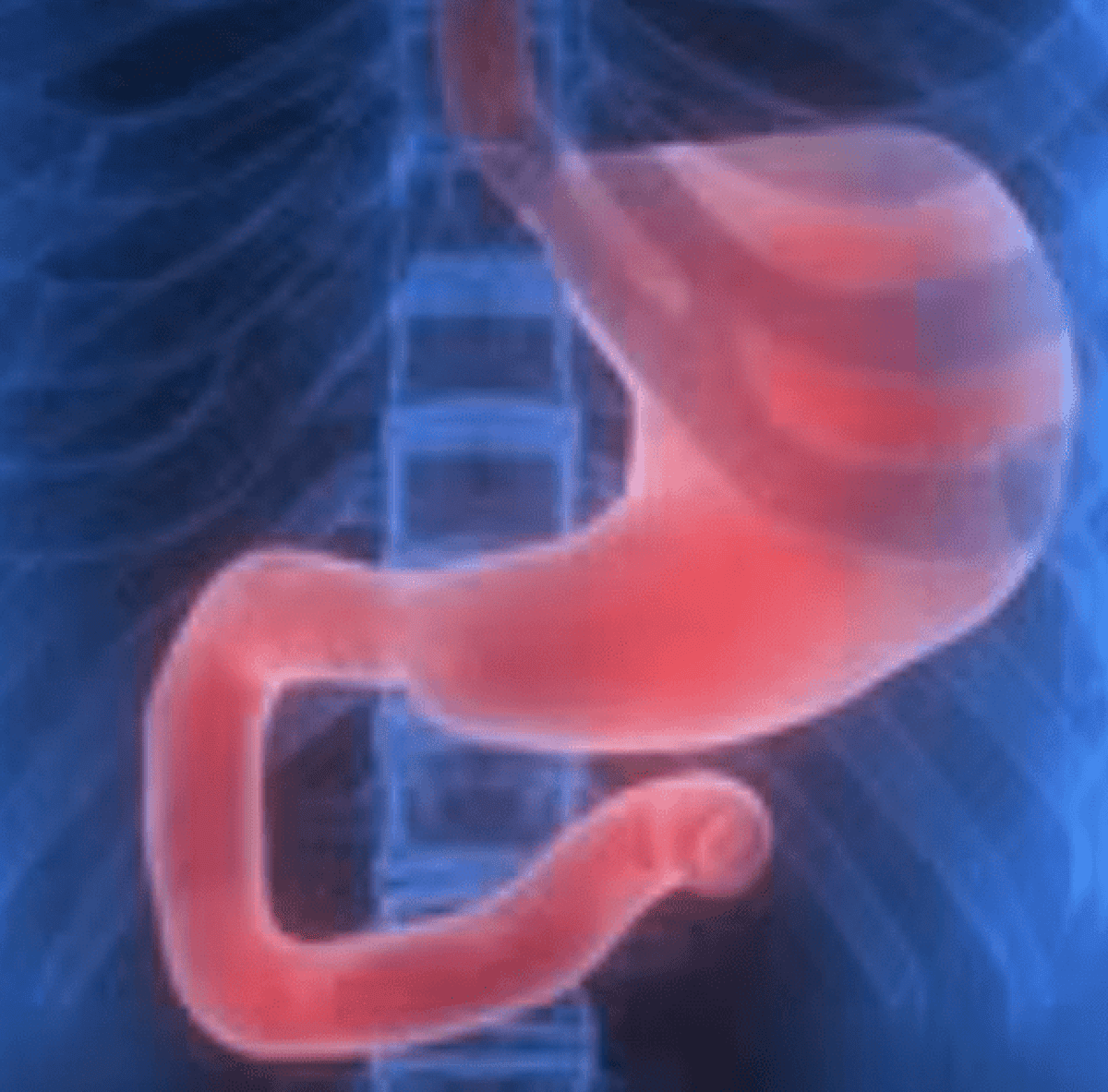


Gastric cancer is unfortunately frequently diagnosed in an advanced stage as symptoms are initially vague and become only more clear at a later stage of the disease. This is why it is important to perform proper diagnostic staging. In case there are no signs of metastases spread a surgical resection, preferably by minimal invasive laparoscopic approach, is the only possibility to achieve possible curation of the disease. A resection of the gastric tumor will also help to stop repeated bleedings and/ or relief a possible obstruction of the stomach.
Causes
Chronic gastric inflammation (usually H. Pylori infection,) gastric acid problems, smoking, det containing lots of salt and/or smoked food (no vegetables or fruits), gastric polyps and genetic/ family predisposition of stomach cancer
Symptoms
Tiredness, loss of appetite, nausea/ vomiting (blood), weight loss, stomach pain, black stools
Diagnostics
Gastroscopy (with biopsies), CT scan, blood tests, endoscopic ultrasound, diagnostic laparoscopy
Treatment
(Laparoscopic) total or subtotal gastric resection usually in a combined treatment with chemotherapy and/ or Immunotherapy before and/or after the surgery. In most cases the patient can go home within 1 week after the surgery.
Risks of the surgery
Anastomotic leakage (<5%), Hematoma/ bleeding, wound infection, thrombosis, dysphagia, weight loss
Why chose Professor Guido Mannaerts Md PhD
He has done over 1000 laparoscopic colorectal resections makes him a very experienced colorectal surgeon leading to a low complication rate and a high chance to restore the bowel continuity in almost all cases by a minimal invasive laparoscopic approach.
Professor Guido did his PhD on the treatment locally advanced rectal cancer making him most experienced even in the most complex rectal cancer cases.
His dedication to patient-centred care and being committed to achieve the best results for you and your disease by pleasant honest communication, state of the art surgical care using the latest techniques available. This includes minimal invasive surgical approaches, preventing a stoma, and trying to restore bowel continuity as much as possible.